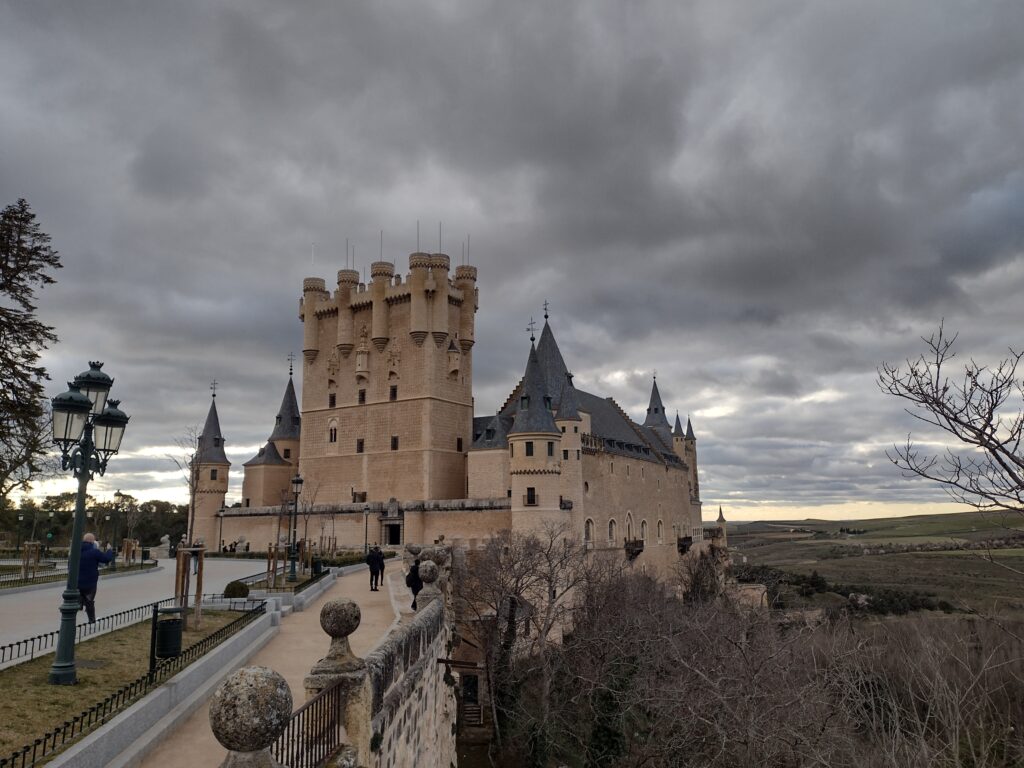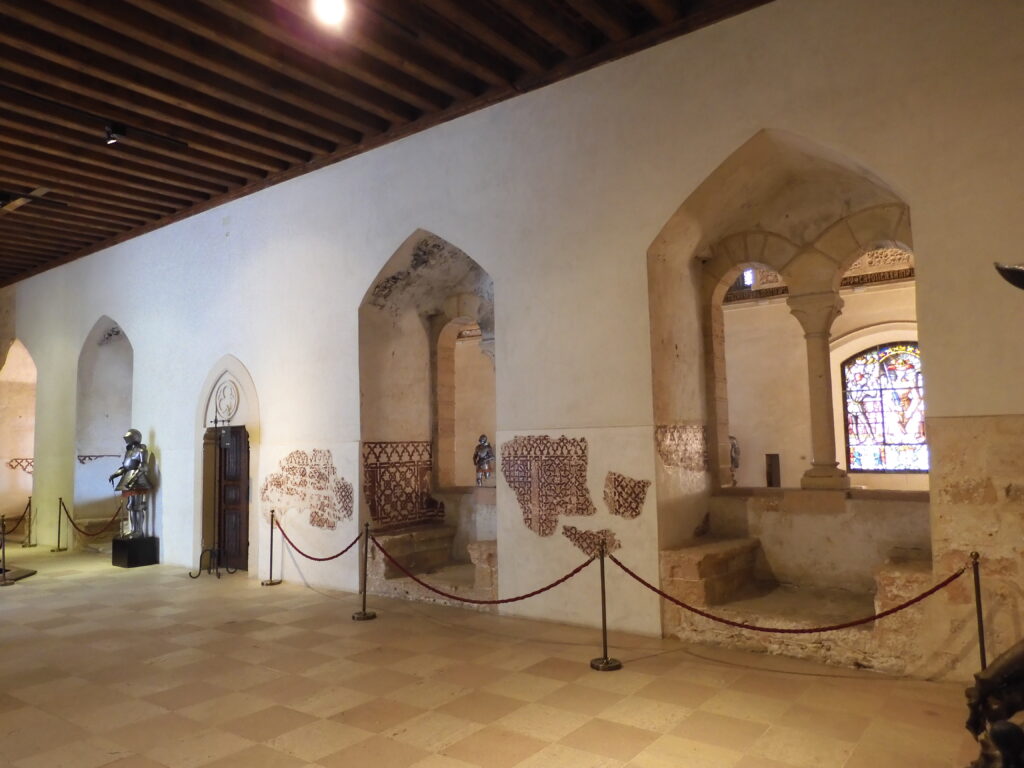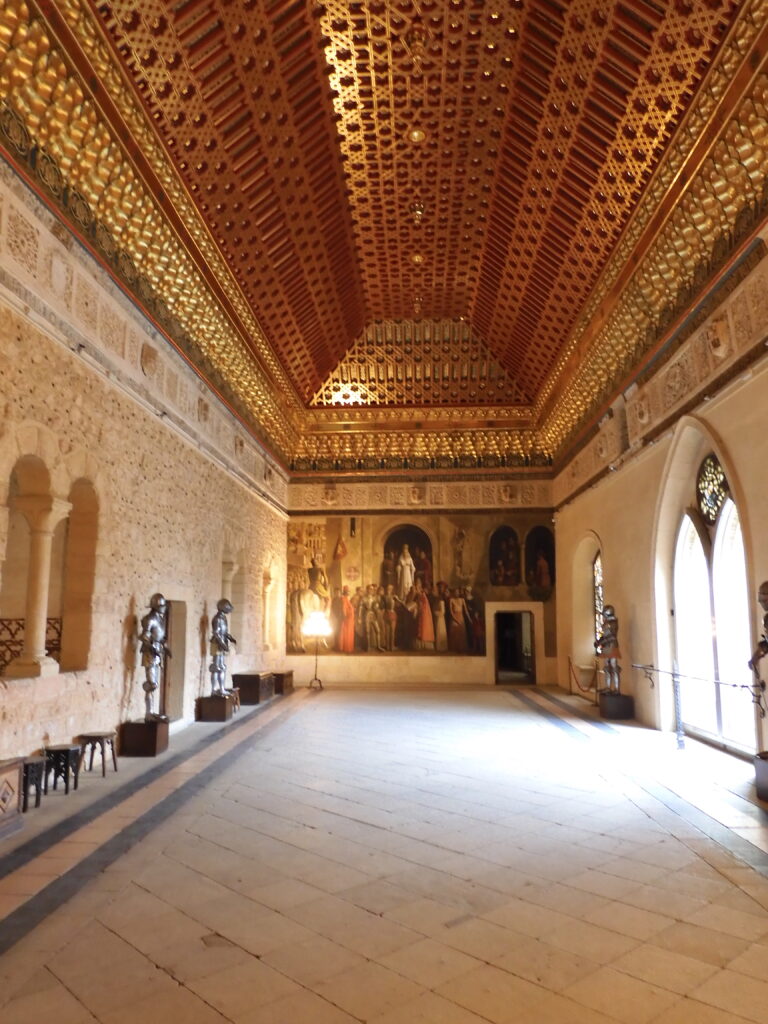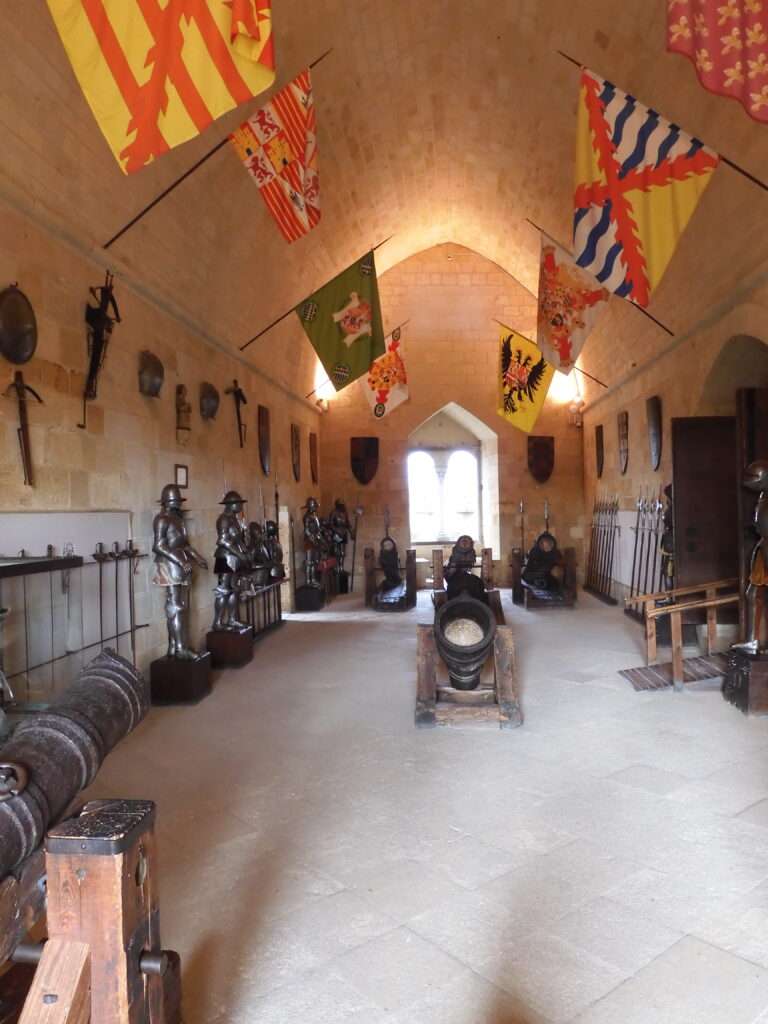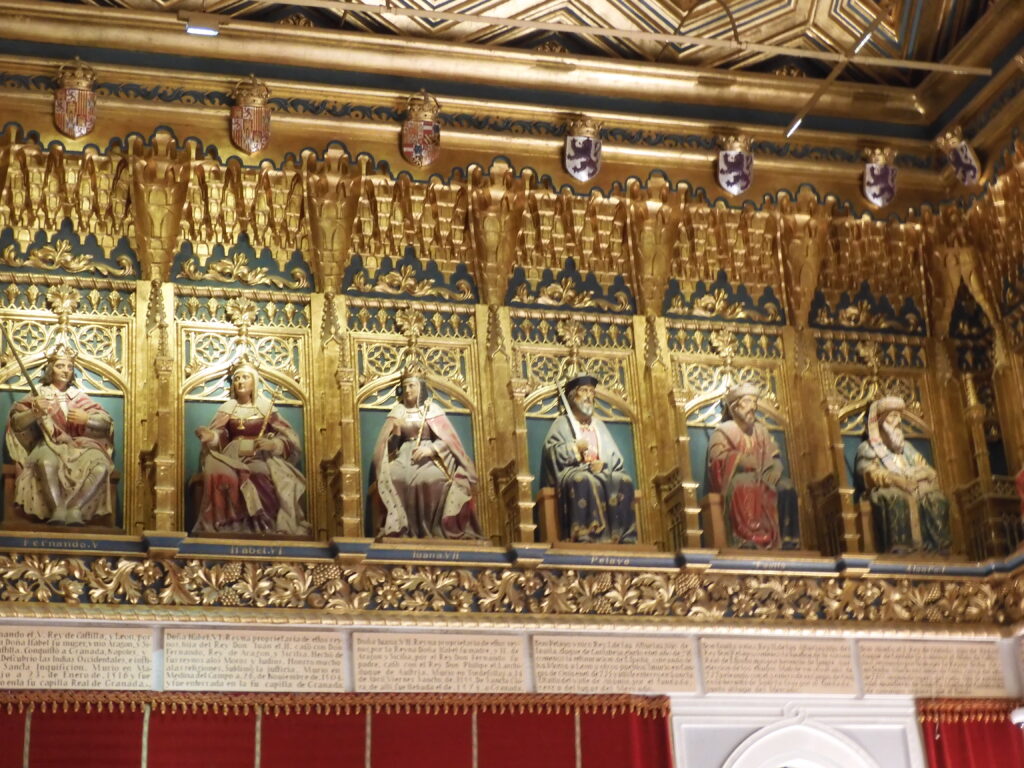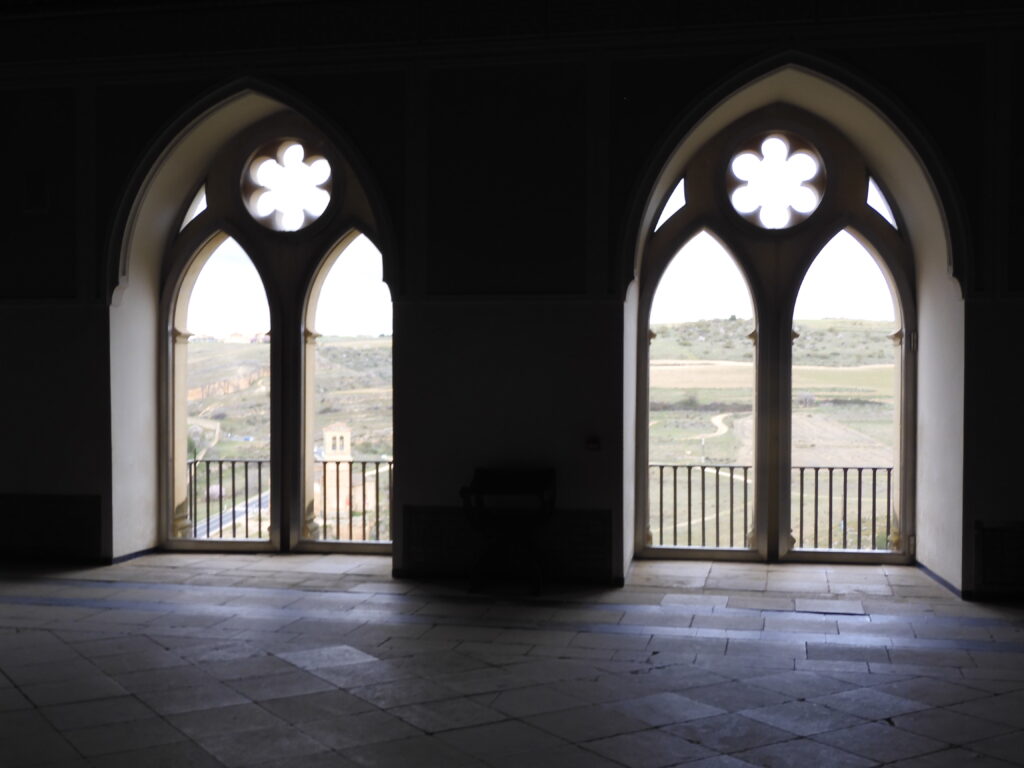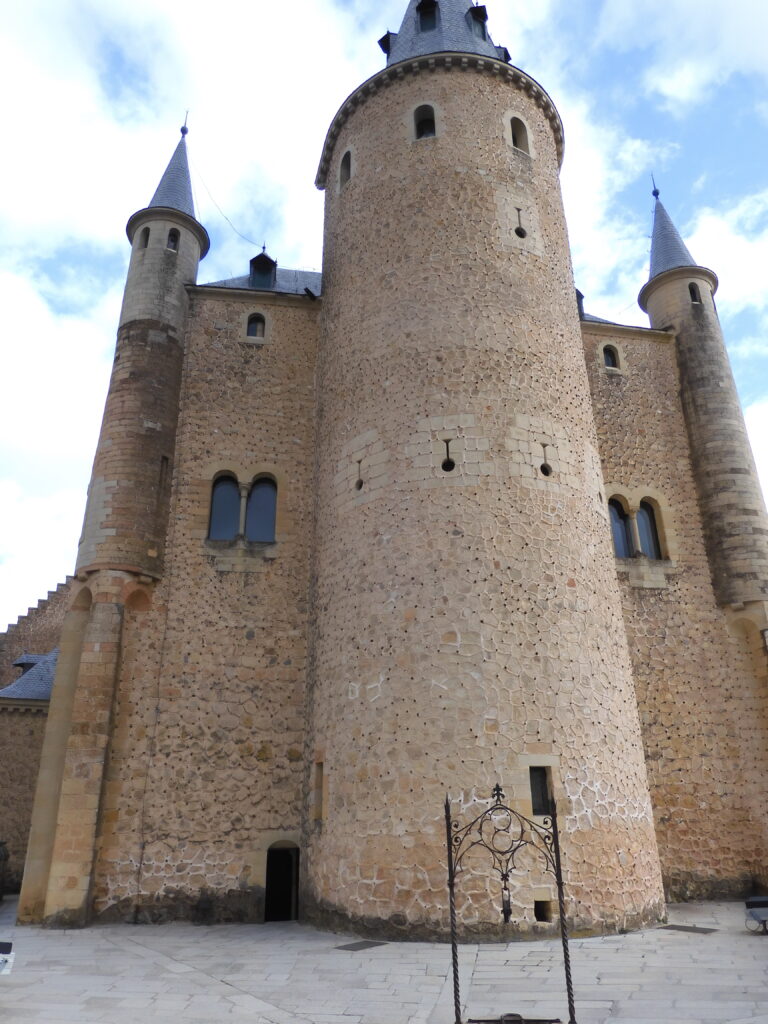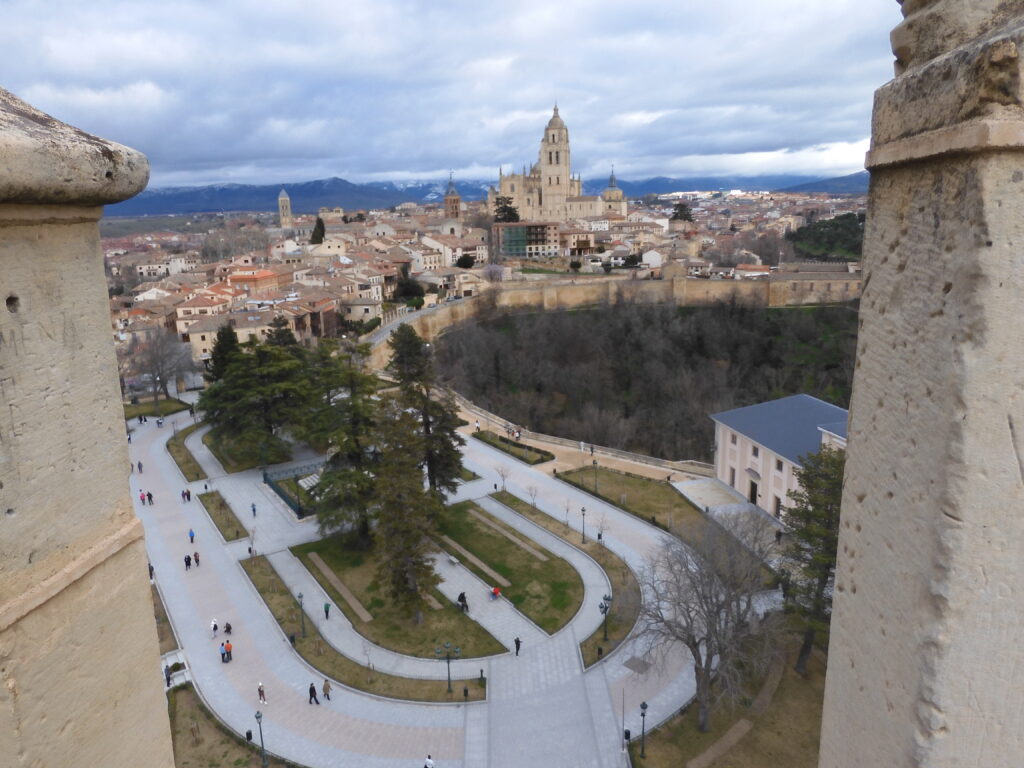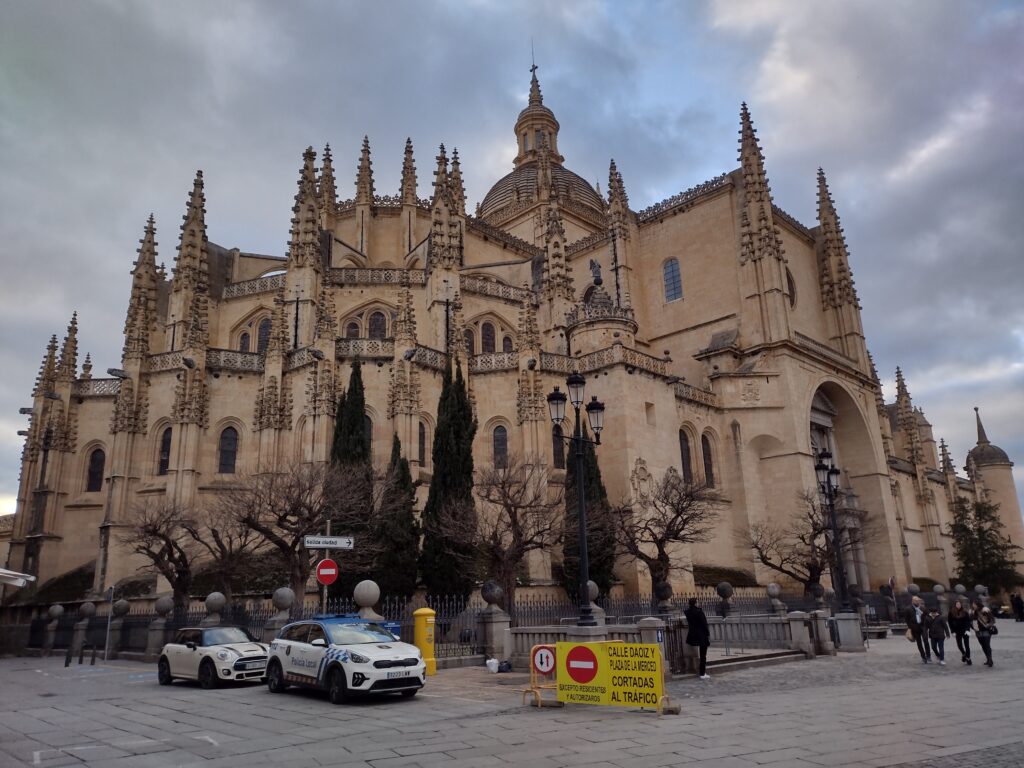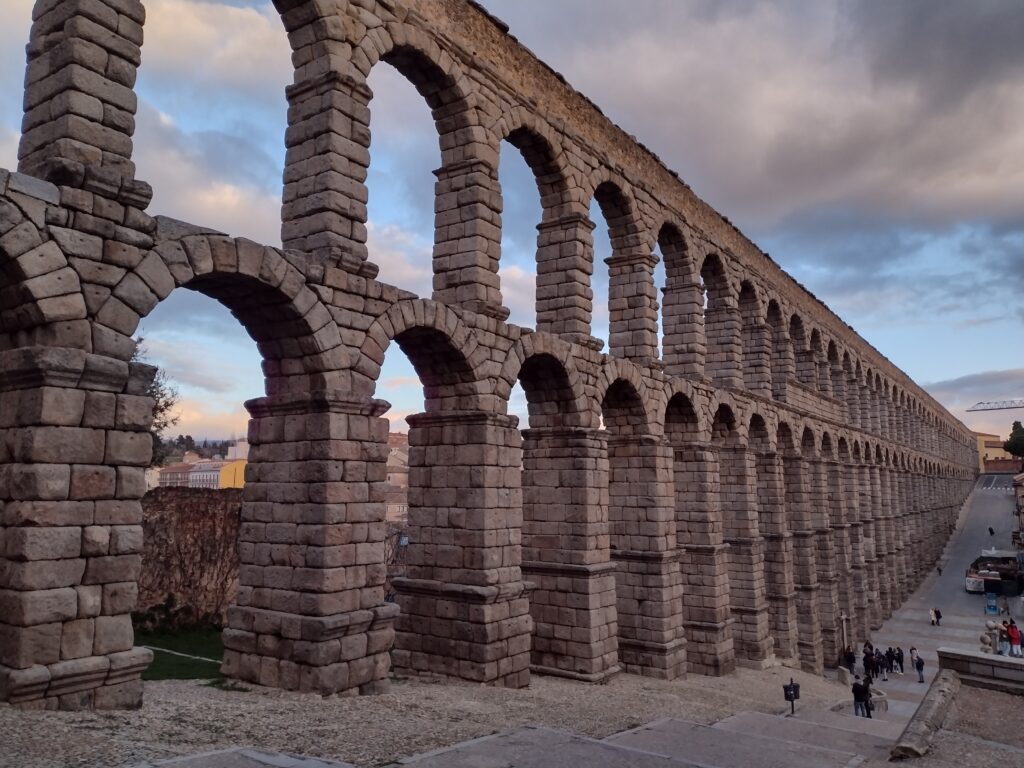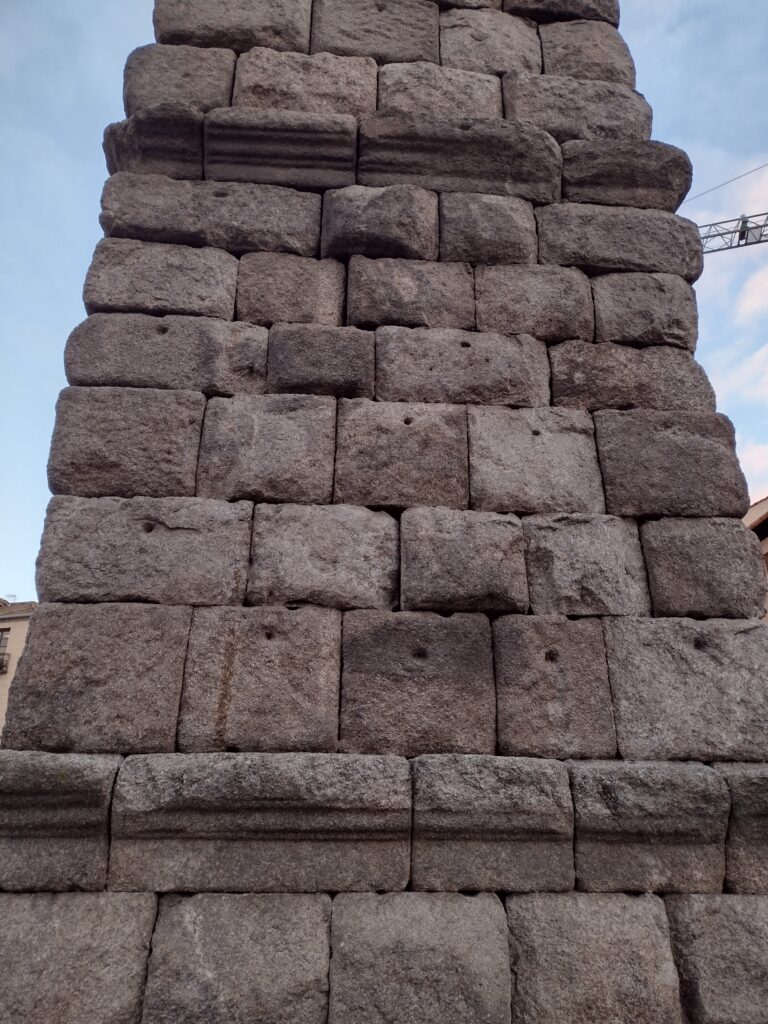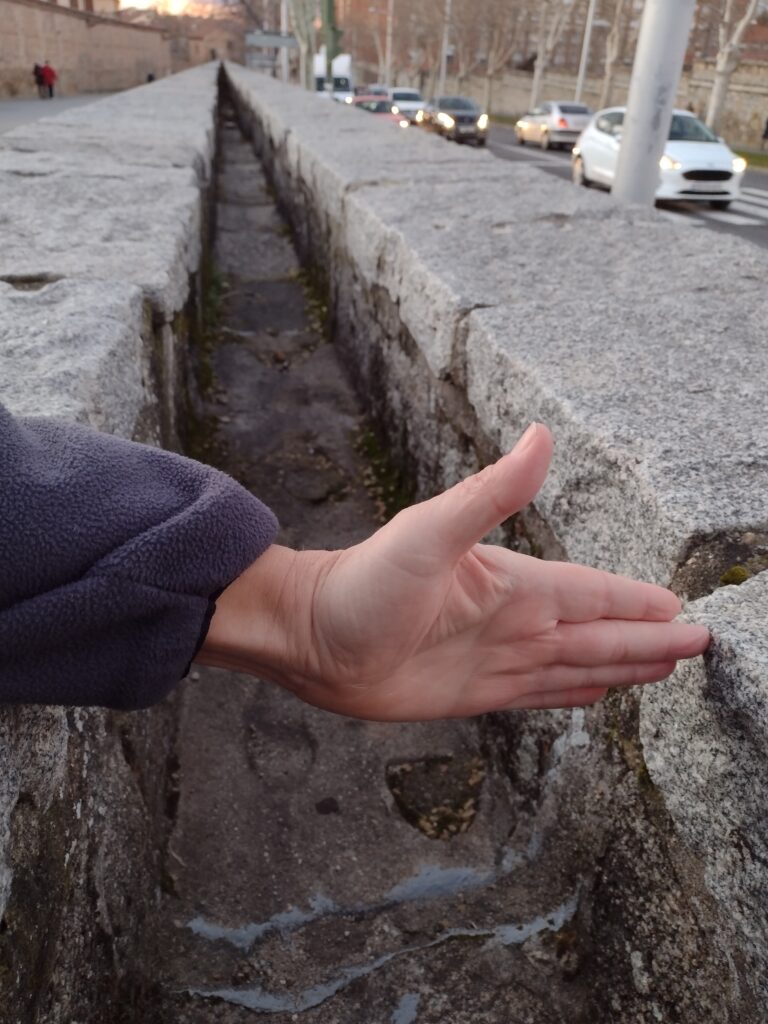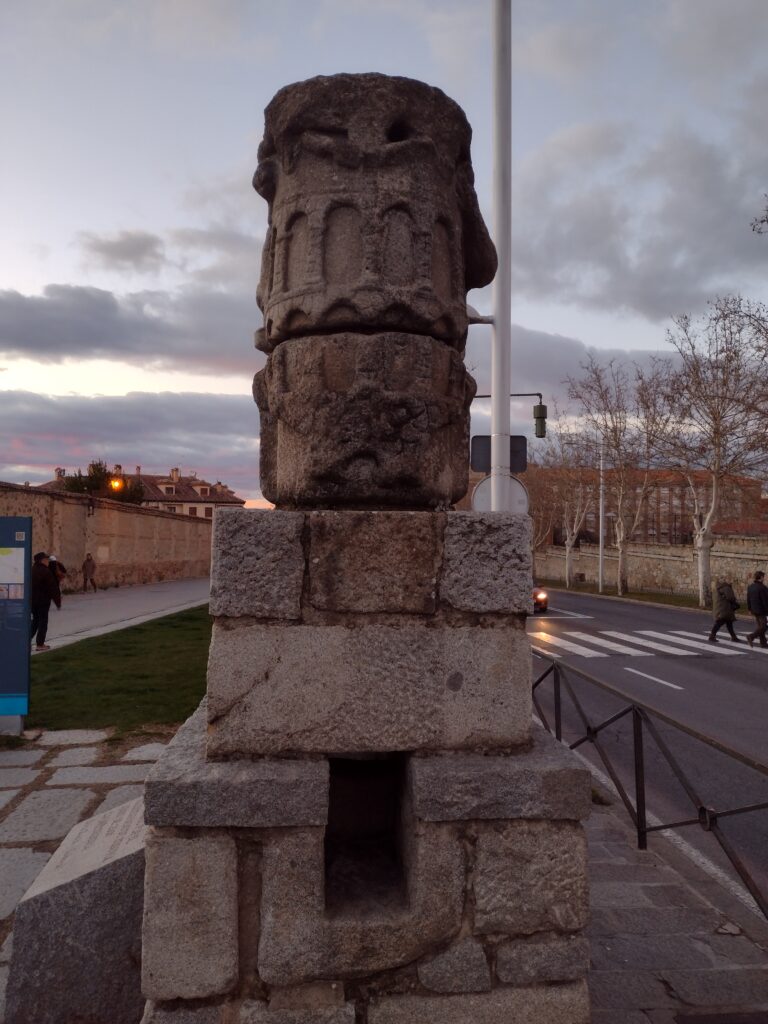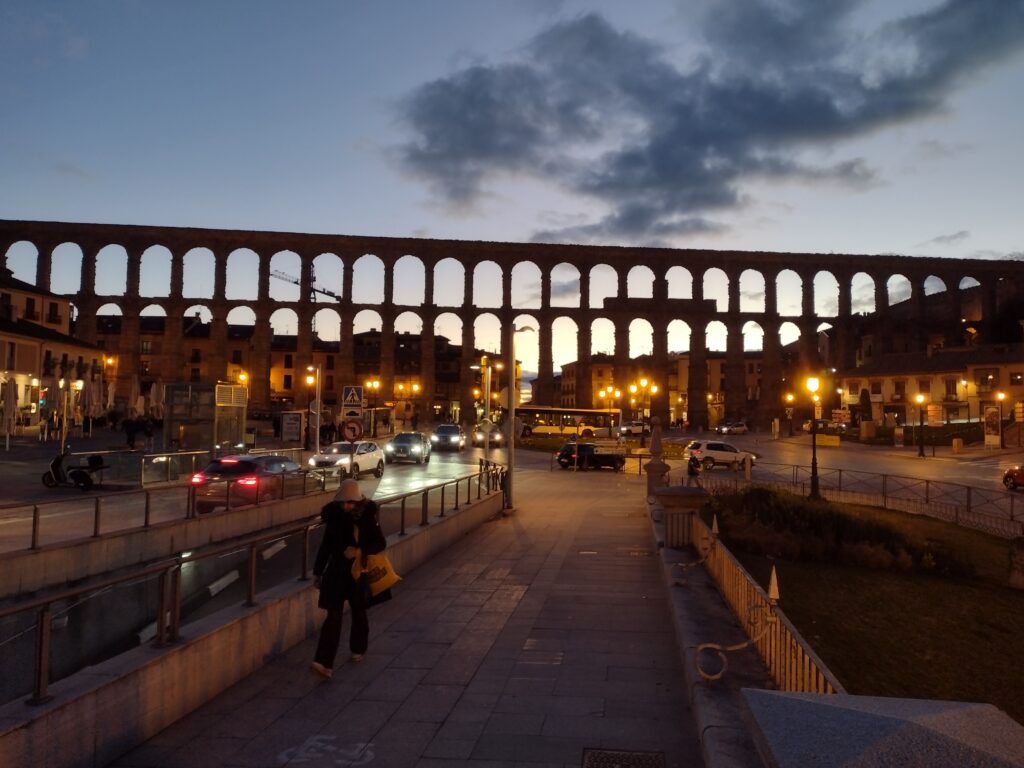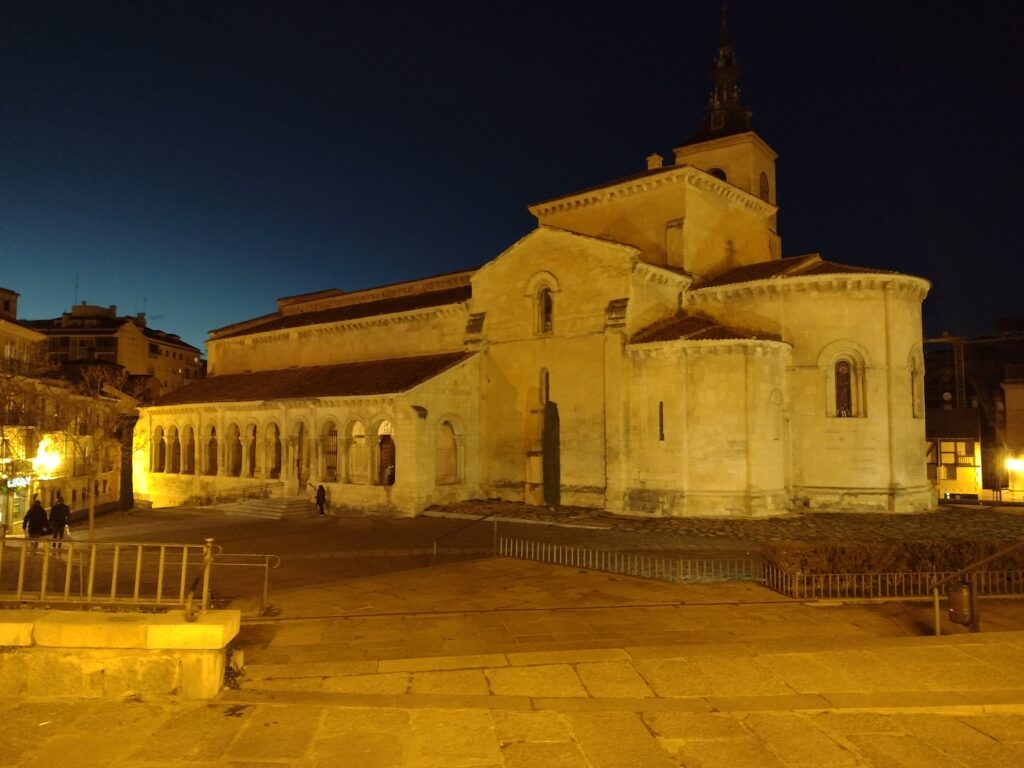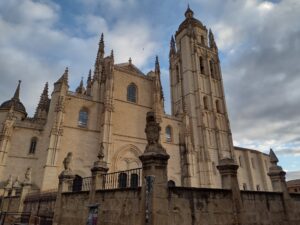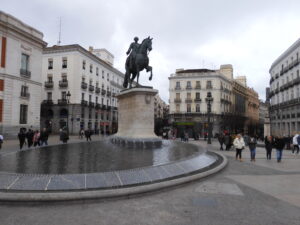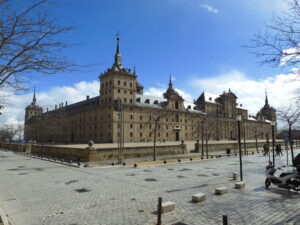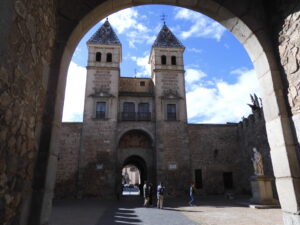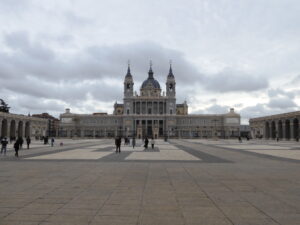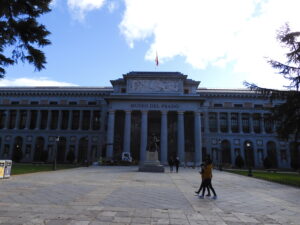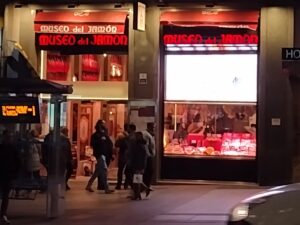Avila & Segovia
Medieval Walls, Renaissance Buildings, Roman Ruins
I knew I wanted to visit Segovia on a day trip while I was in Spain. I put this off until Wednesday in an attempt to avoid snow. It was still cold Wednesday morning, but not snowing. Central Spain can be surprisingly cold in February. While in Madrid, I learned that the city of Avila has the only known fully intact medieval wall. I decided I needed to see this as well. Avila and Segovia are not extremely far apart, but logistics were still going to be a sticky wicket if I was going to see Avila’s city wall and the famous alcazar and aqueduct in Segovia. If I had it to do over with a bit more time, I think it would be better to spend a day going to each town, even if Avila has a few less highlights.
I took an early train out to Avila. I figured the city walls would not have hours. This was not entirely correct, as they charge admission to ascend the wall and check out the audio guide. It is nice that you can walk most of the span of the walls. The audio guide is useful. It is voiced by an actress impersonating Santa Teresa who hailed from this city. Santa Teresa was a 16th century Carmelite nun who held many non-traditional ideas about spirituality and was persecuted by some contemporaneous religious figures. She claimed at one point that her heart “transverberated” – that she was so close to God that her heart was pierced by His love. The Catholic church subsequently certified her burning heart and an event when she was said to have healed her nephew as miraculous and canonized her in 1622.
Santa Teresa showed me around her city as I walked the walls. Avila is a cute little medieval town, with many old churches, a cathedral, pretty mountains in the distance, a Jewish quarter, and, like Toledo, layers that date from before Roman times through the unification of the Spanish crown by the Catholic monarchs. Anamorphic statues from the Visigoth period are on display in places. The walls were the highlight, though.
The walls themselves had so many historical layers. They had been improved and built onto over the centuries. The current form represents a restored version of the late medieval wall. It has turrets, portcullises, designated gates, murder holes, arrow loops, and internal passages. The walls themselves are made of so many repurposed stones. Later wall builders seemed to have little respect for objects as we might today. When a great number of flat stones were needed for the outer surface of the wall, builders had no qualms about repurposing headstones as they were already about the right shape. In Roman times, most people were cremated rather than buried, and their remains placed in stone urns. Quite a few of these now empty urns are visible in the wall. There are even a few repurposed Visigoth anamorphic stones. I enjoyed walking the Avila walls for a few hours as I toured the city from the parapets.
I had planned to high tail it over to Segovia as soon as I finished walking the walls. Unfortunately, there were no buses for Segovia between 11:30 and 3:15. I wasn’t ready to leave by 11:30, and so had some extra time to kill in Avila. My Segovia time would be curtailed a bit. I decided to grab some lunch, then check out Avila’s cathedral and skip the one at Segovia. Avila’s cathedral is built into the wall. It is the oldest Gothic cathedral in all Spain. The older elements of the Avila cathedral are clearly visible and easily differentiated from early modern modifications and additions. There are of course people interred there. It was a spectacular cathedral, and although I didn’t get to see the one in Segovia, I don’t believe I lost anything in the substitution.
(Continued)

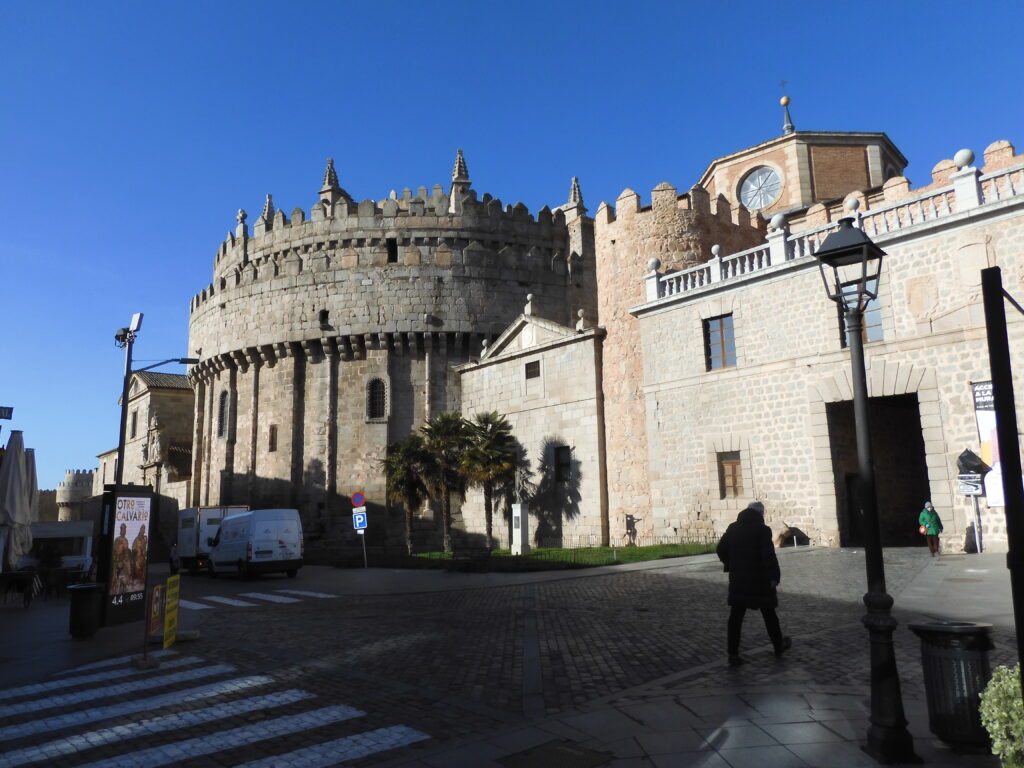

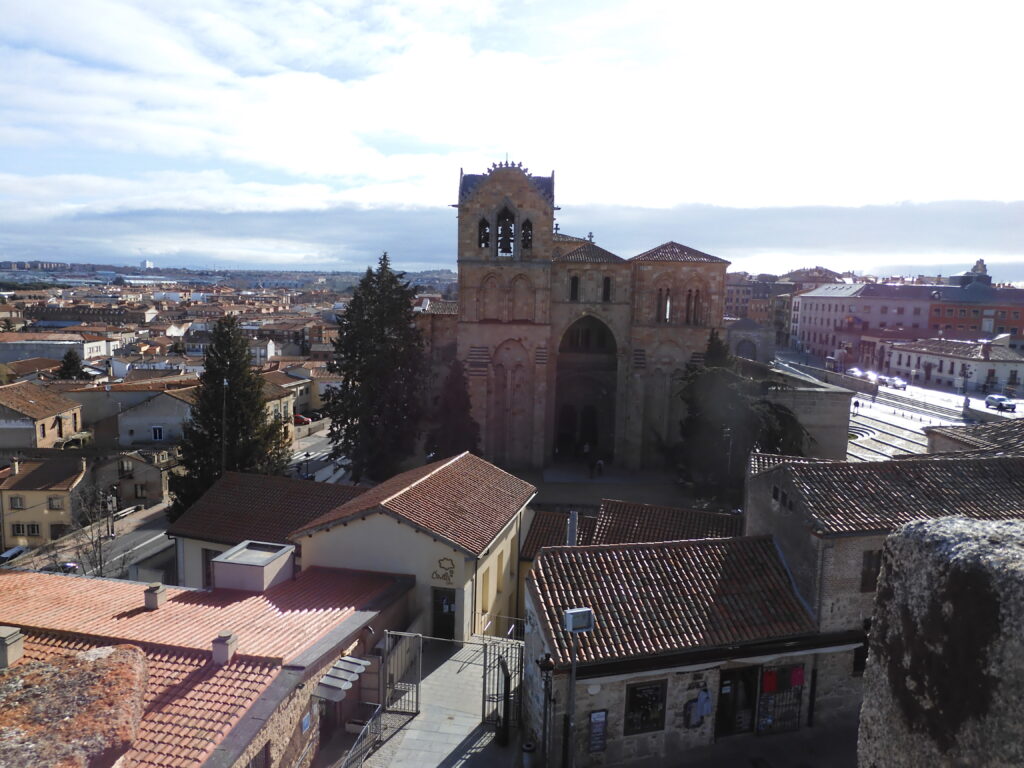
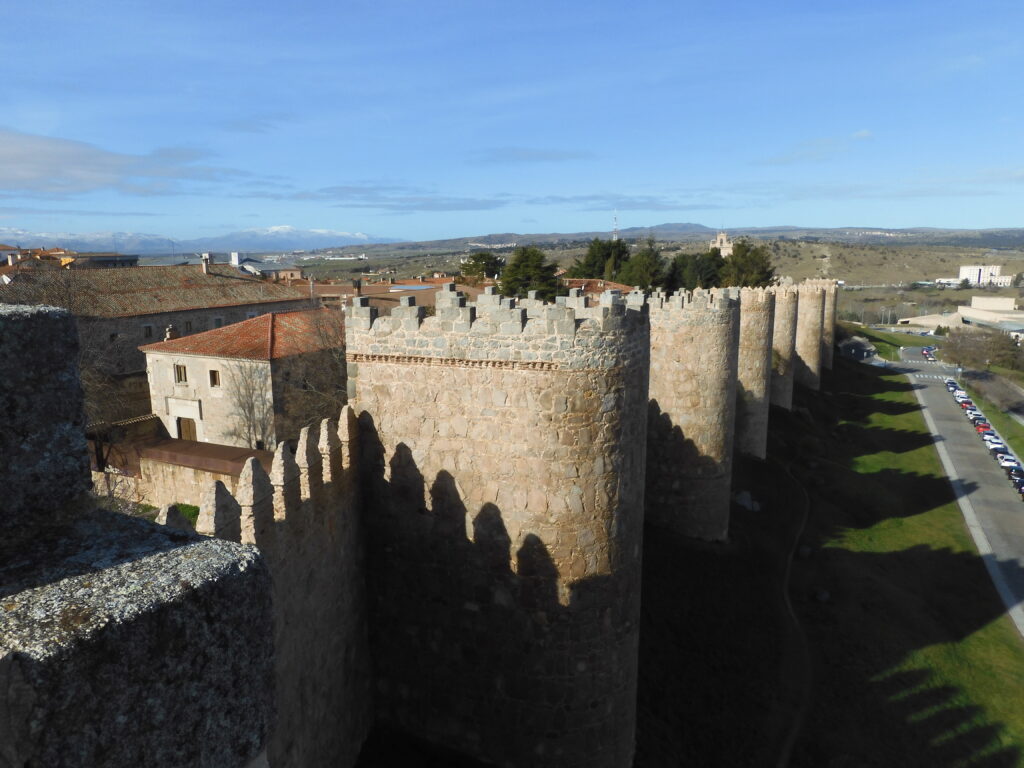
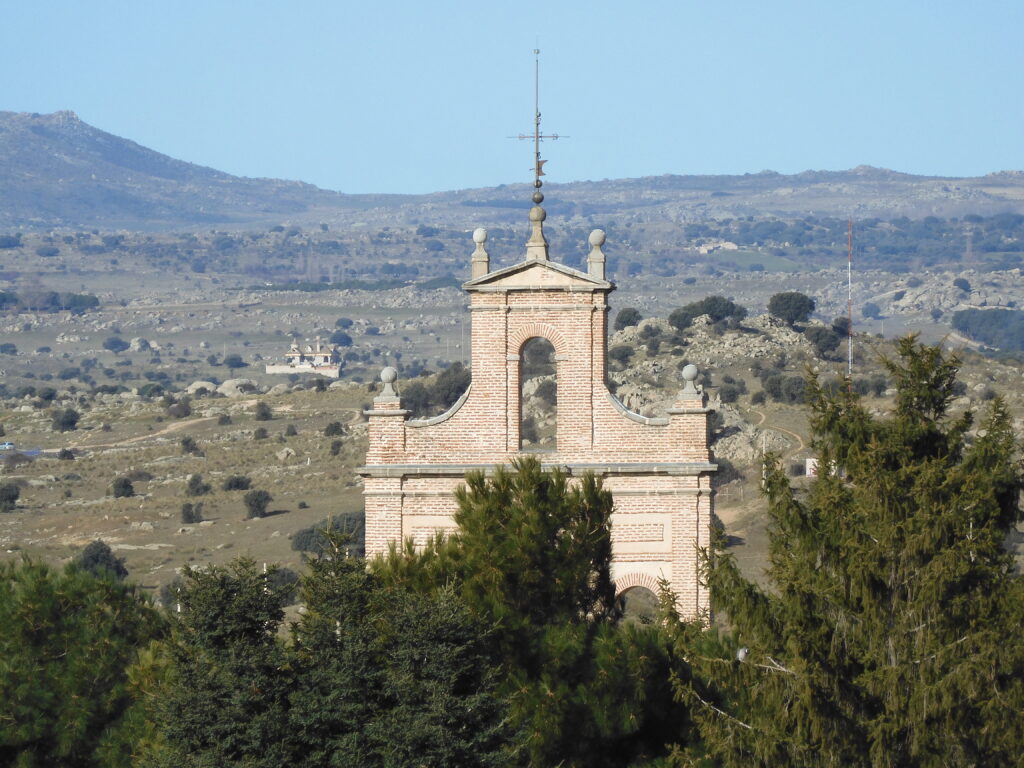
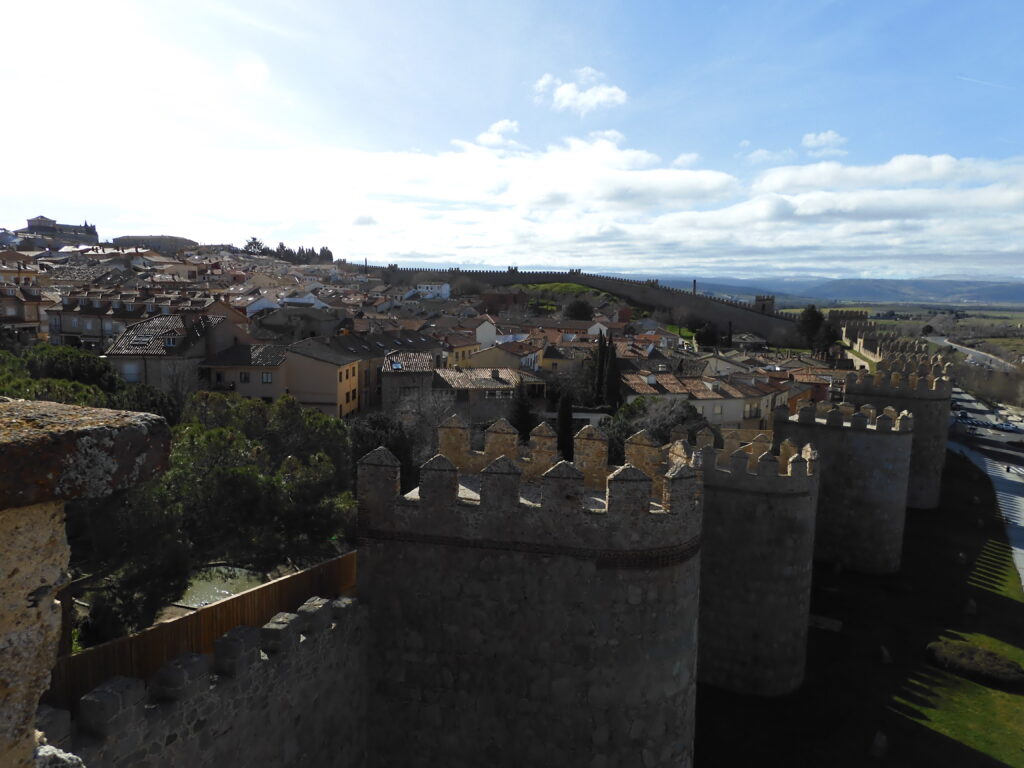
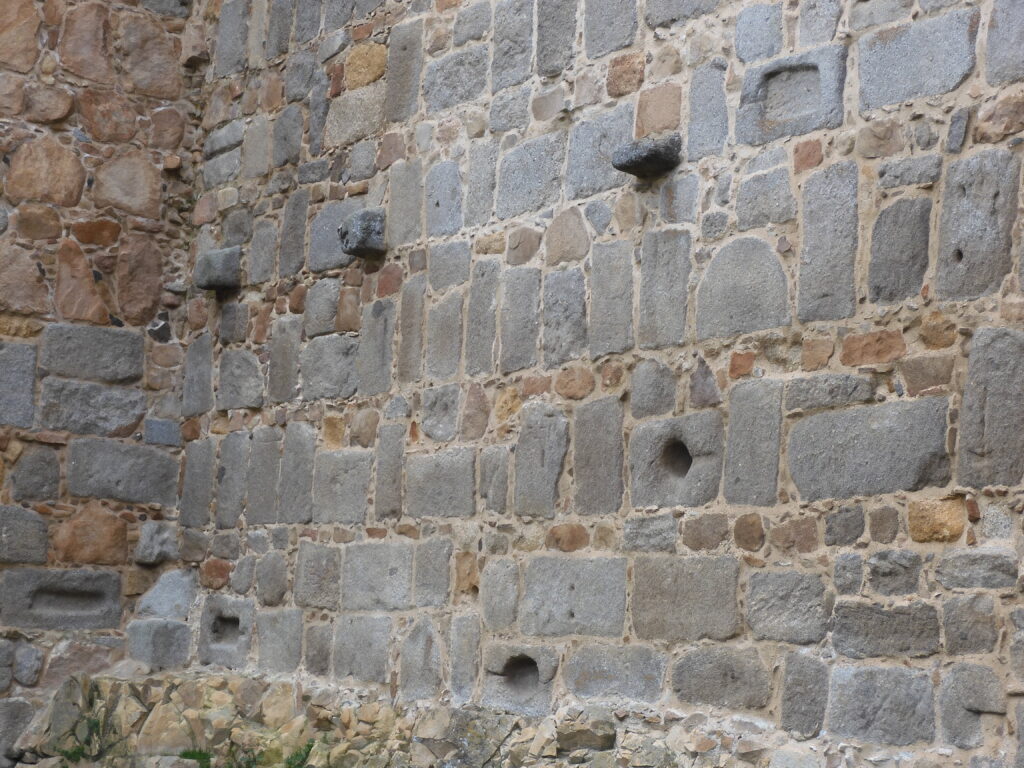

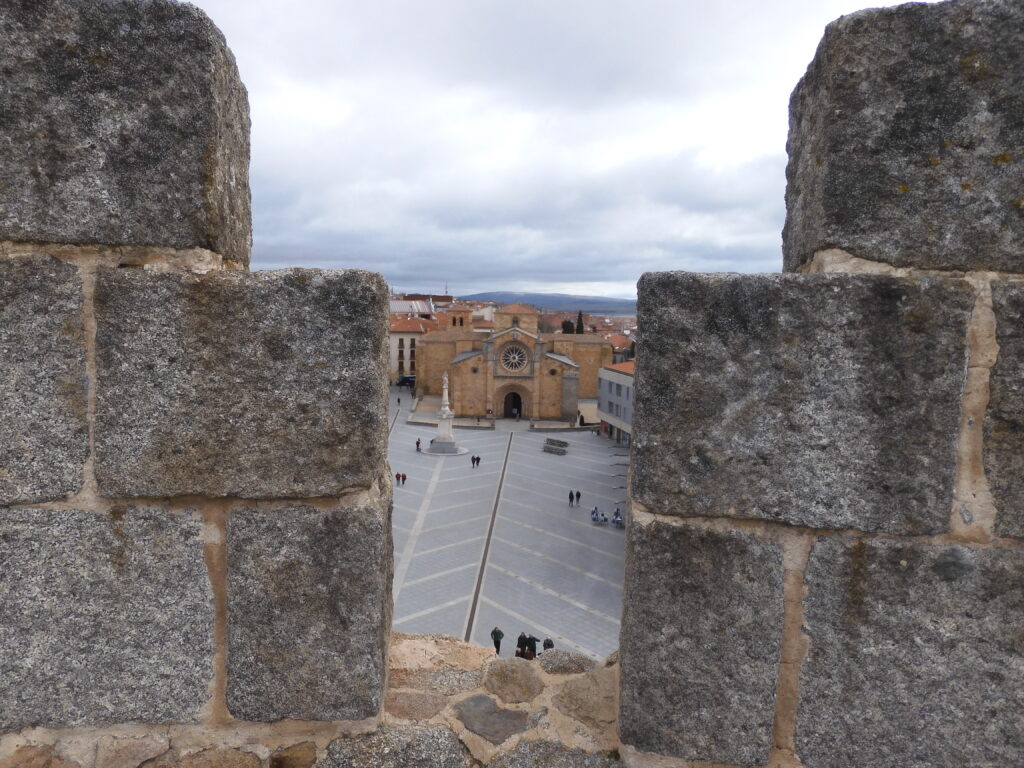
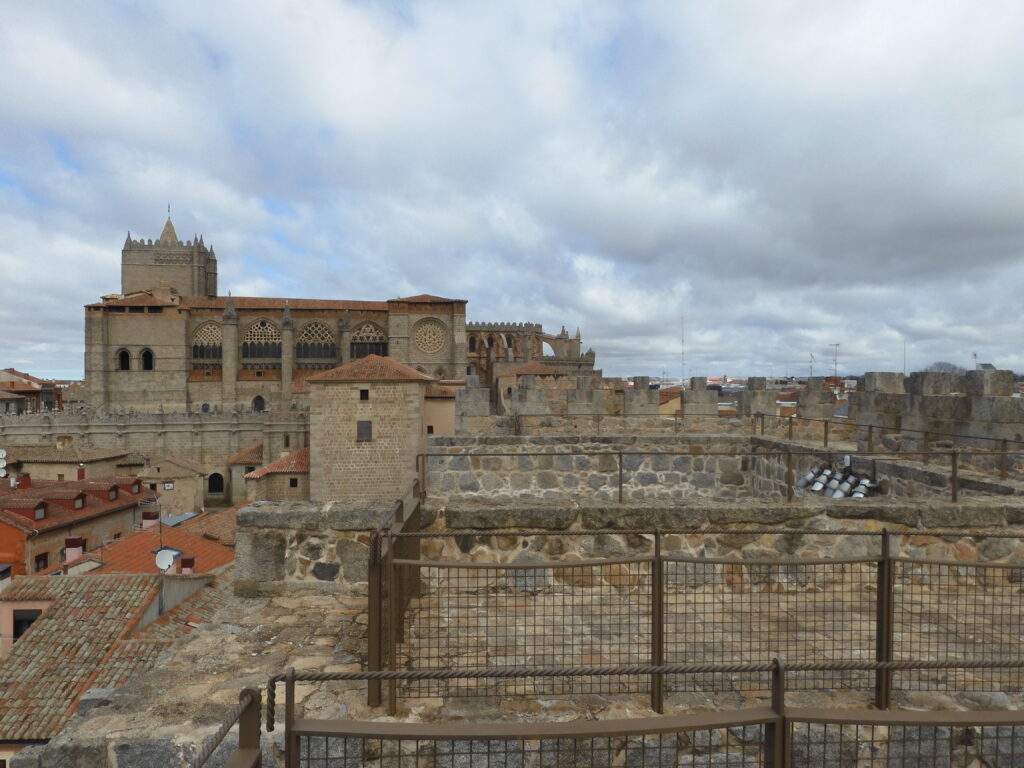
I finally made it over to Segovia in the waning hours of the short February afternoon. I went straight to the famous alcazar, said to be the inspiration for Walt Disney’s castle in Snow White. The resemblance is clear. Much of the present form of the castle was designed to be decorative rather than functional. There are, however, portions of the alcazar that date to the 11th century. These are still visible by their art and architecture. Special decorative mortars were used in places that date from that era. There is also some original mudejar art visible in a few places. The castle suffered a major fire in the 19th century which destroyed much of the wood, including some intricate ceiling work. These were recreated from detailed drawings and look nice. The castle also has a few pieces of older decorative glass, and there were some very rare, very old furniture items on display. I saw a seat clearly designed for a royal lady to sit normally rather than straddling a horse.
For an extra charge I bought a ticket to scale the Tower of Juan II, the prominent square structure lined with turrets that stands out as the buildings highest point. It was worth the extra money, as it allowed an amazing view. I also got a perspective on the magnitude of the system of moats and the role of the surrounding terrain in the castles older defensive structure. There was also more Napoleonic era graffiti etched into the higher castle turrets of Juan II’s tower. The alcazar was constructed on a rocky crag on the far western edge of town along a bend in the river. It was a good location, selected for easy defense. Even if the 19th century iteration was more decorative than defensive, this had once been a formidable military structure as well as a royal residence.
No one knows exactly when the first military structure was built on the site, but it is known that there was some Roman post here at one point. An 11th century Moroccan dynasty constructed a fort here, but it was thought to be mainly a wood structure constructed over the Roman ruins. The area was reconquered by Alfonso VI during the 12th century. Alfonso VIII and his wife, Richard the Lionheart’s sister, used this as their primary residence. Sometime in this era, the primary stone structures were built. Juan II added his tower in the 15th century, and Phillip II had his construction crew add on the steep slate spires during the 16th. He wanted it to look more like the Central European castles in the heart of Habsburg country. This gave it the Disney appearance it is so known for today.
The floor plan of the castle is deceptively small inside. It does not take nearly as long to explore as the great castle at Prague, the Tower of London, or Edinburgh Castle. I was able to explore it adequately in a couple of hours. I walked through every room, and even the small dungeon beneath. I timed my walk through just right to coincide with my appointment to ascend Juan II’s tower. I ended up not really being constrained by the limited time I had left – at least not in seeing this particular attraction. It was a fun castle, for sure, even if much of it was restored to the current mostly aesthetic version. It’s definitely worth the visit.
(Continued)
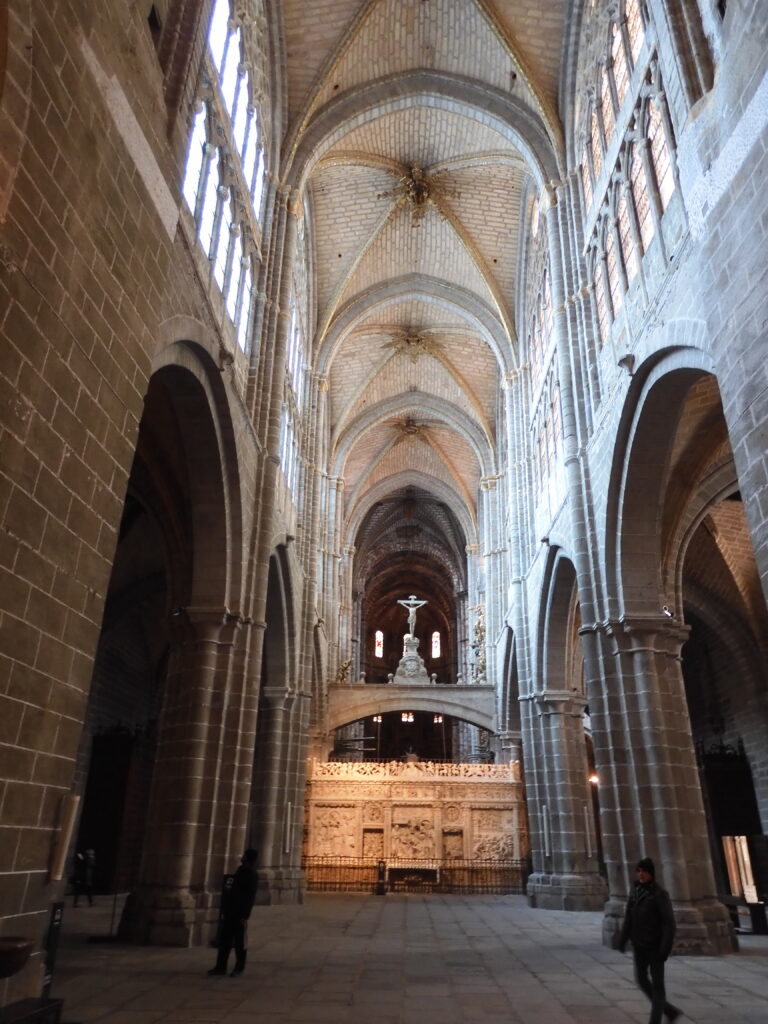
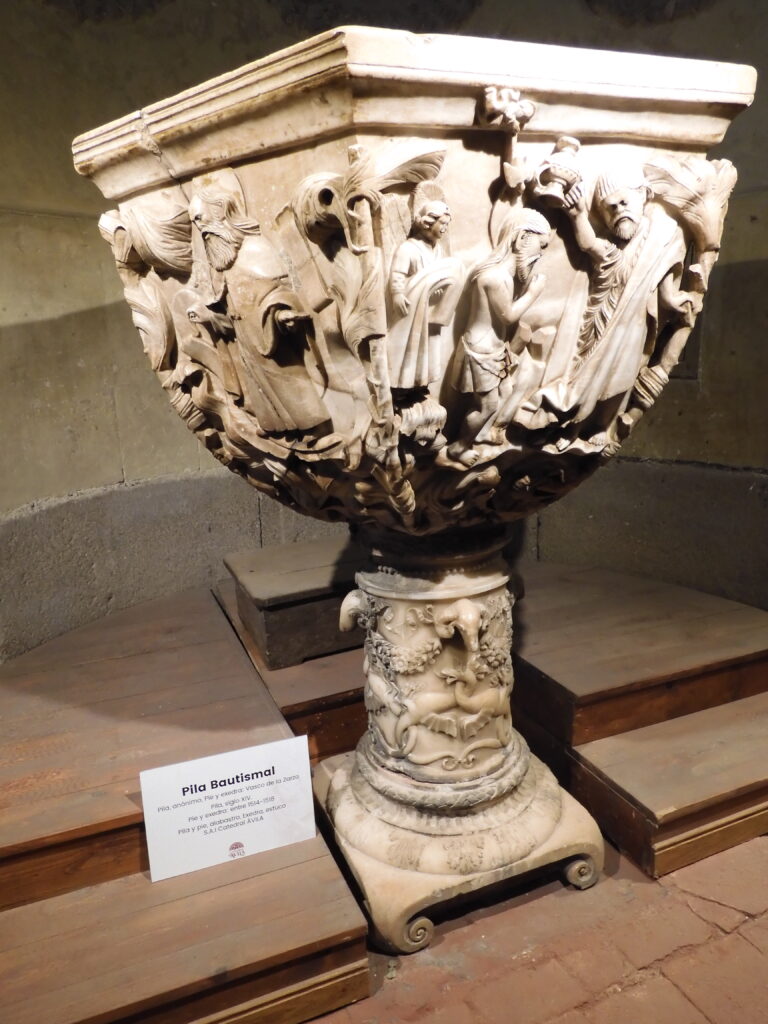
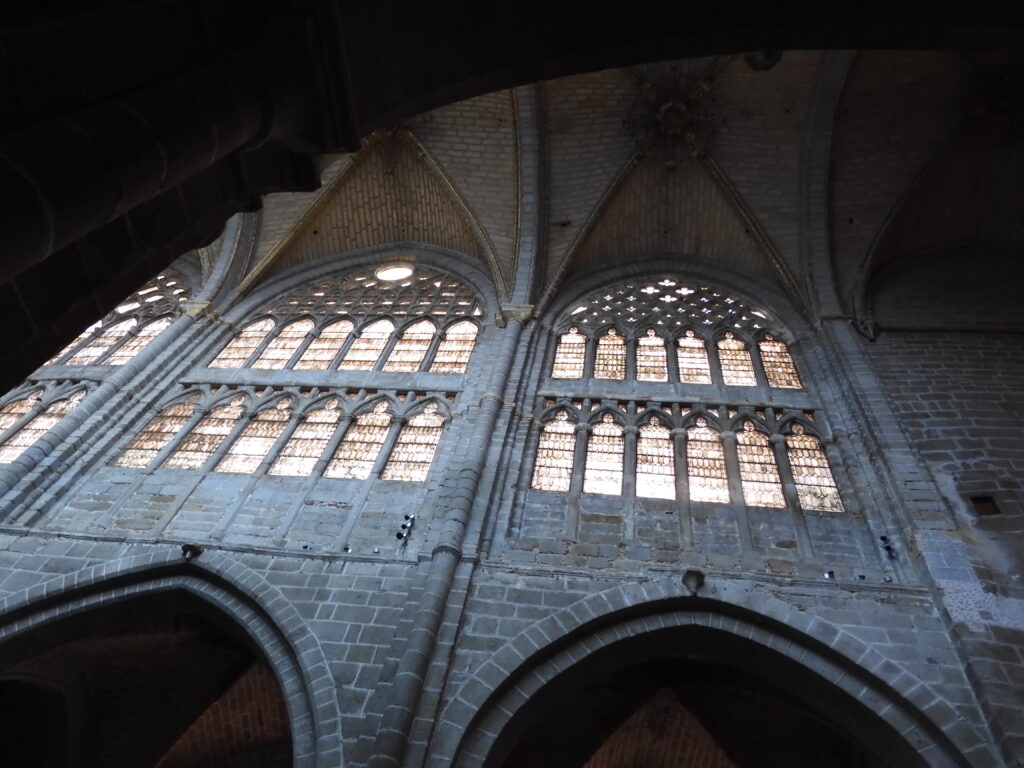
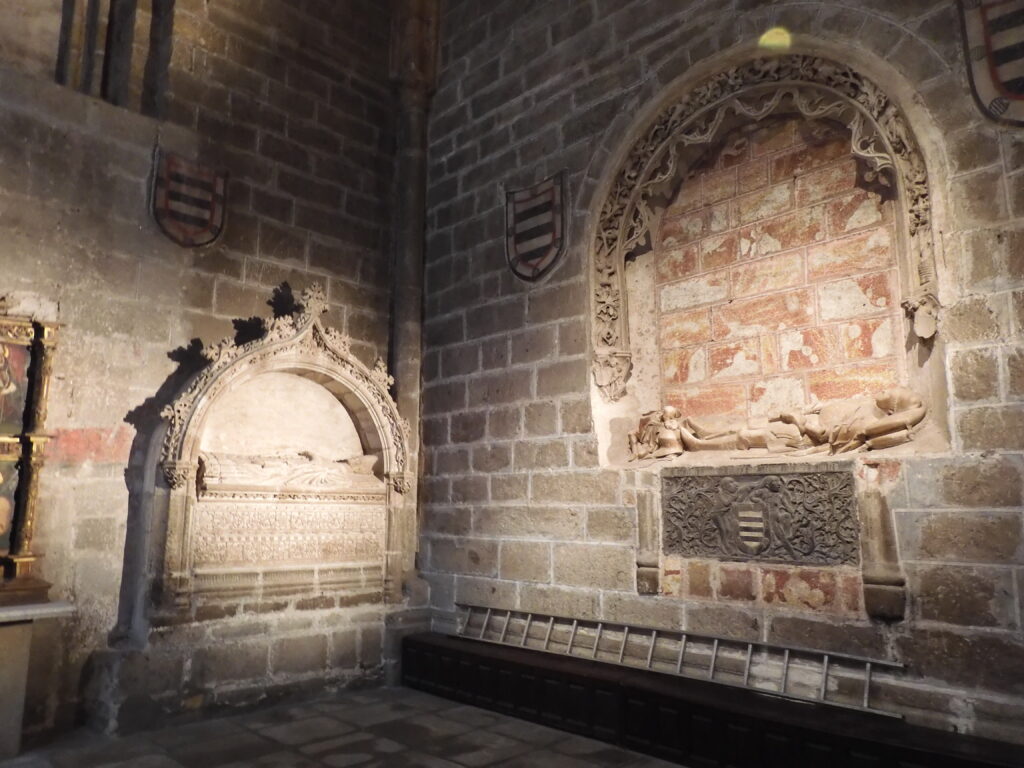
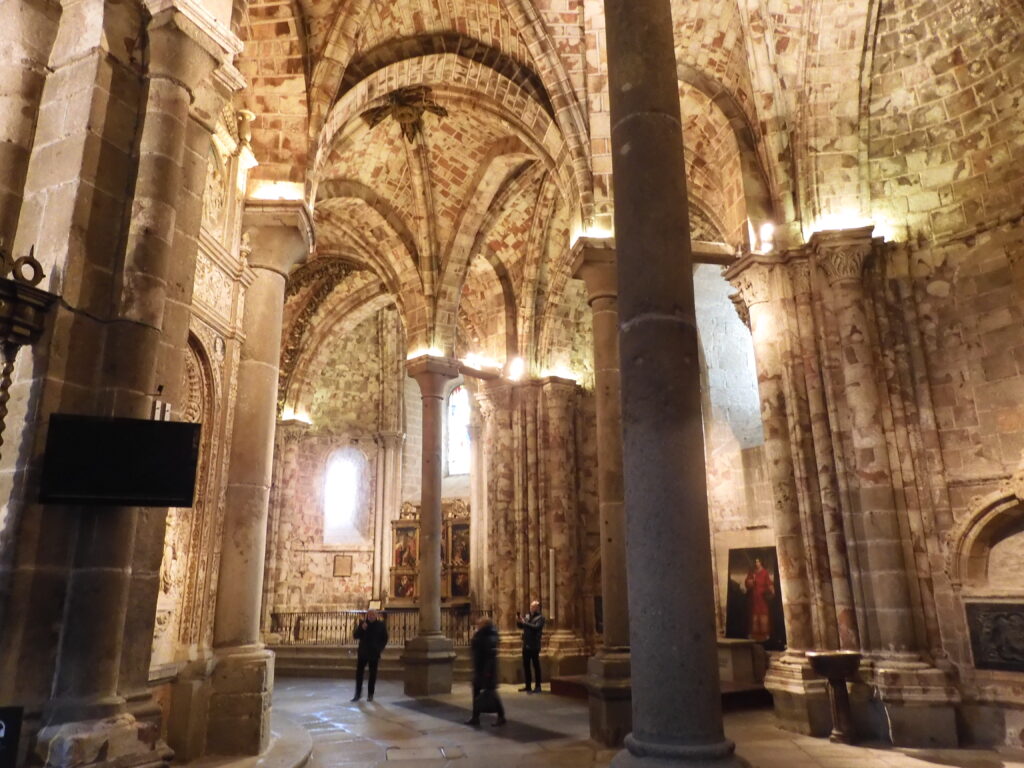
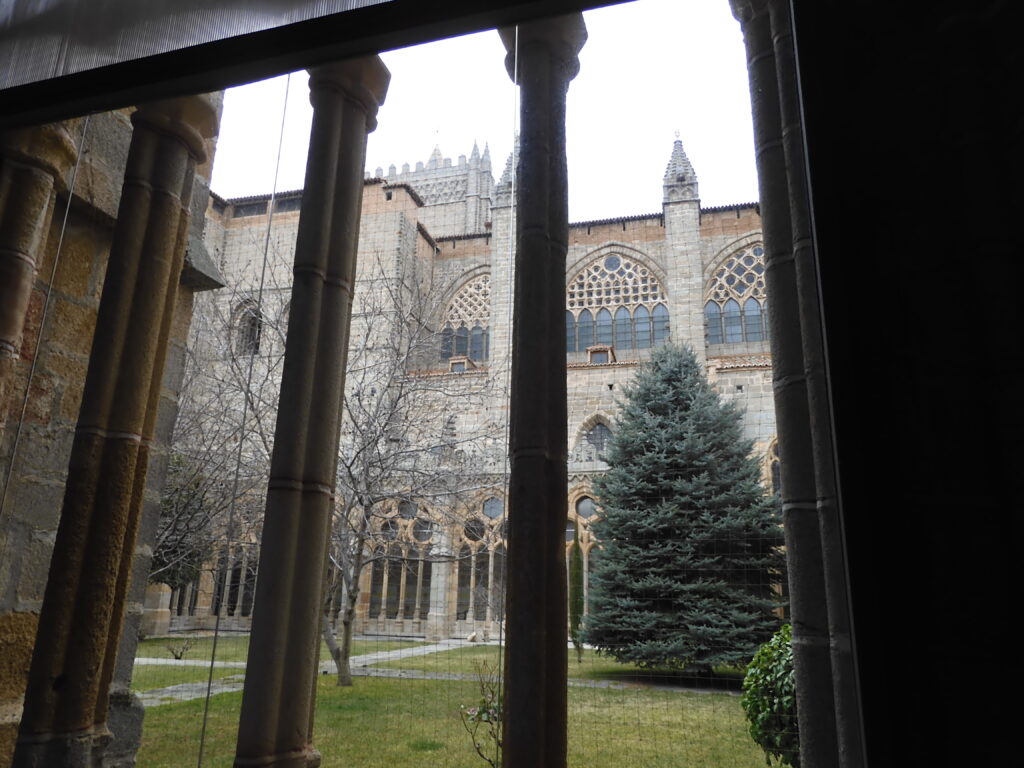


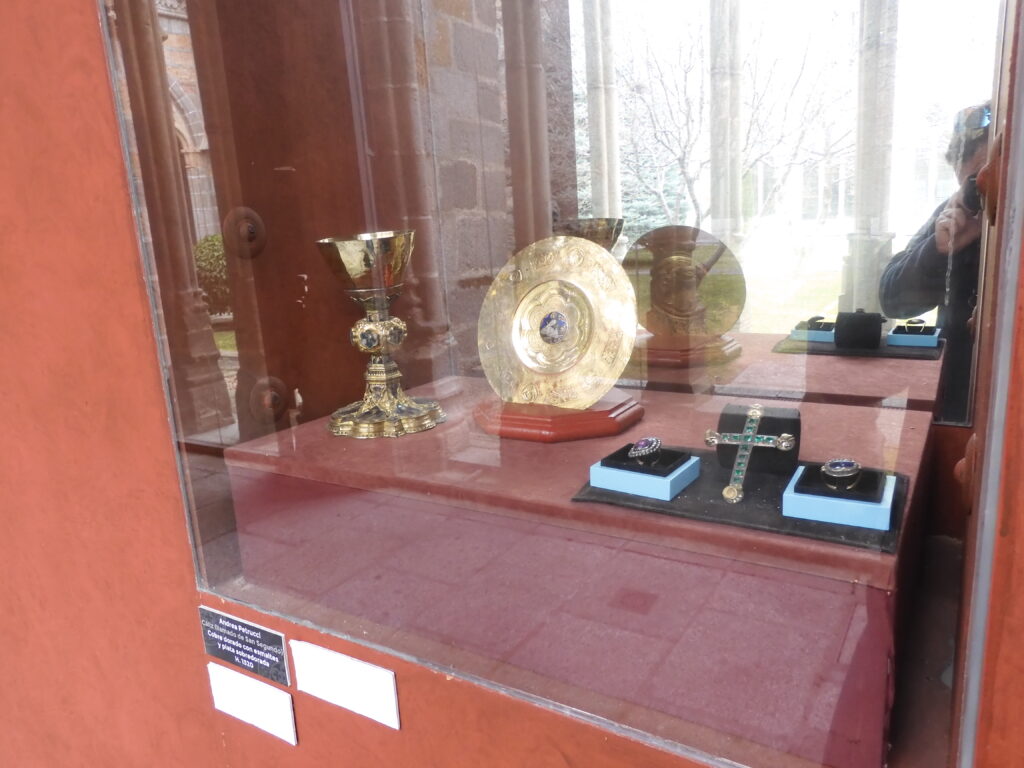
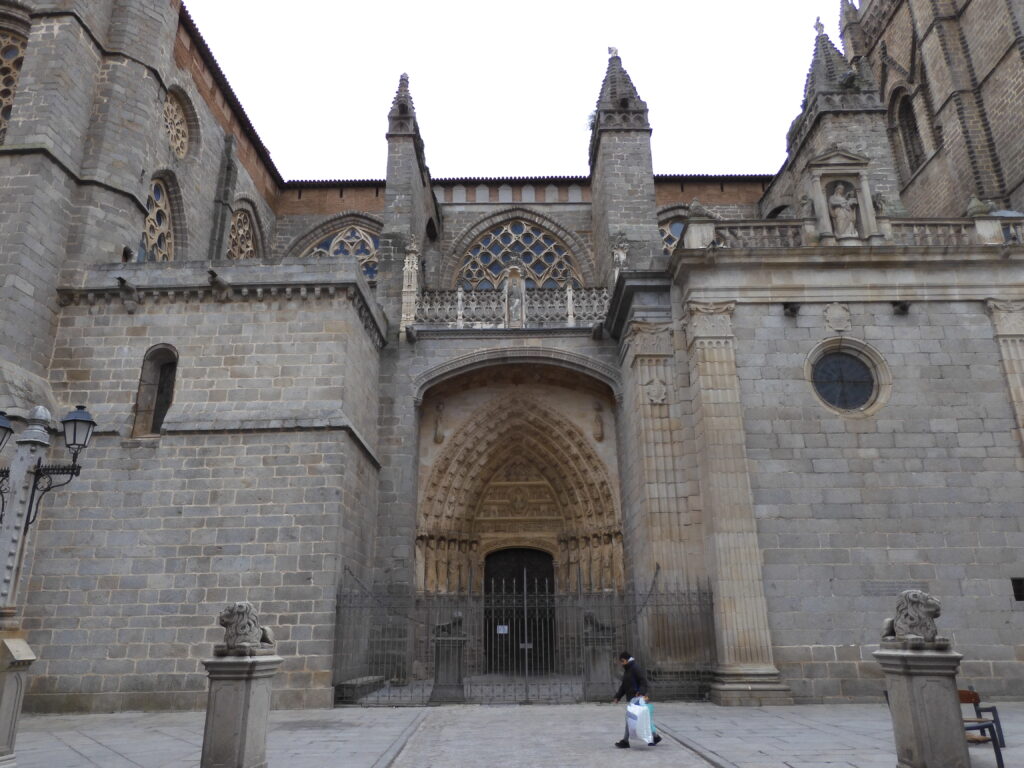
As expected the Segovia cathedral was closed by the time I left the alcazar. I knew they could not close the Roman aqueduct on me. I walked past the Plaza Mayor and the Casa de Picos en route to the massive aqueduct. The aqueduct has three levels. It is about a hundred feet high and over 900 feet long. It trasported water over a distance of more than four kilometers – close to three miles. Parts of it have been damaged and repaired over time, but the aqueduct remained functional and in use through the latter part of the 19th century. I was surprised at how small the water channel was, as can be seen from the attached photos. I walked all up and down the spans, admiring the beauty and functionality of the structure. You can still see the indentations on the blocks where tongs were used in antiquity to raise each piece to its desired location. I have since seen others, but Segovia was my first Roman aqueduct, and it was very impressive.
Night fell as I admired the Roman stone construction. It was time to head back to Madrid for my final night’s sleep in Spain. I headed to the train station, but no one was there to sell me a ticket. The automated ticketing vending machine did not work, so I pushed a button and a remote agent came on the machine’s screen to take my order. There were several trains heading back toward Madrid at different intervals, just a few minutes apart. Some of these were express offerings taking 28 minutes to traverse the distance. Others stopped often and took more than two hours. I lazily asked for the next train to Madrid, assuming the most efficient train would be selected. I was sold a ticket for the 2 ½ hour train that departed five minutes before the 28 minute train. I got a long, slow train ride back to town, but eventually made it. It was a later night than I would have liked.
I was unable to sleep in Thursday morning, so I got up and went for a walk around Barrio de las Letras, the neighborhood I where was staying. This literary quarter is so named for the great writers who lived here during their careers. Cervantes, who wrote Don Quixote lived here, as did the famous Spanish playwright Lope de Vega. I passed each of their residences, though there didn’t seem to be much to see at the ones in this neighborhood. Eventually, I came back to my room, collected my baggage, and strolled over to the plaza where I bid the mounted Charles III statue farewell. I boarded the Madrid metro bound for the airport to await my return flight to Texas.
I knew I had not seen everything Spain had to offer, but I saw the highlights of the Madrid area, and also had a some unique Spanish cultural experiences. I am satisfied that I made the most of my week in Spain. The trip had been well worth the time and money. It helped me learn that a week is a pretty short trip to a foreign land. Although I enjoy traveling with family members or friends, the trip also confirmed to me that solo travel is better than no travel.
